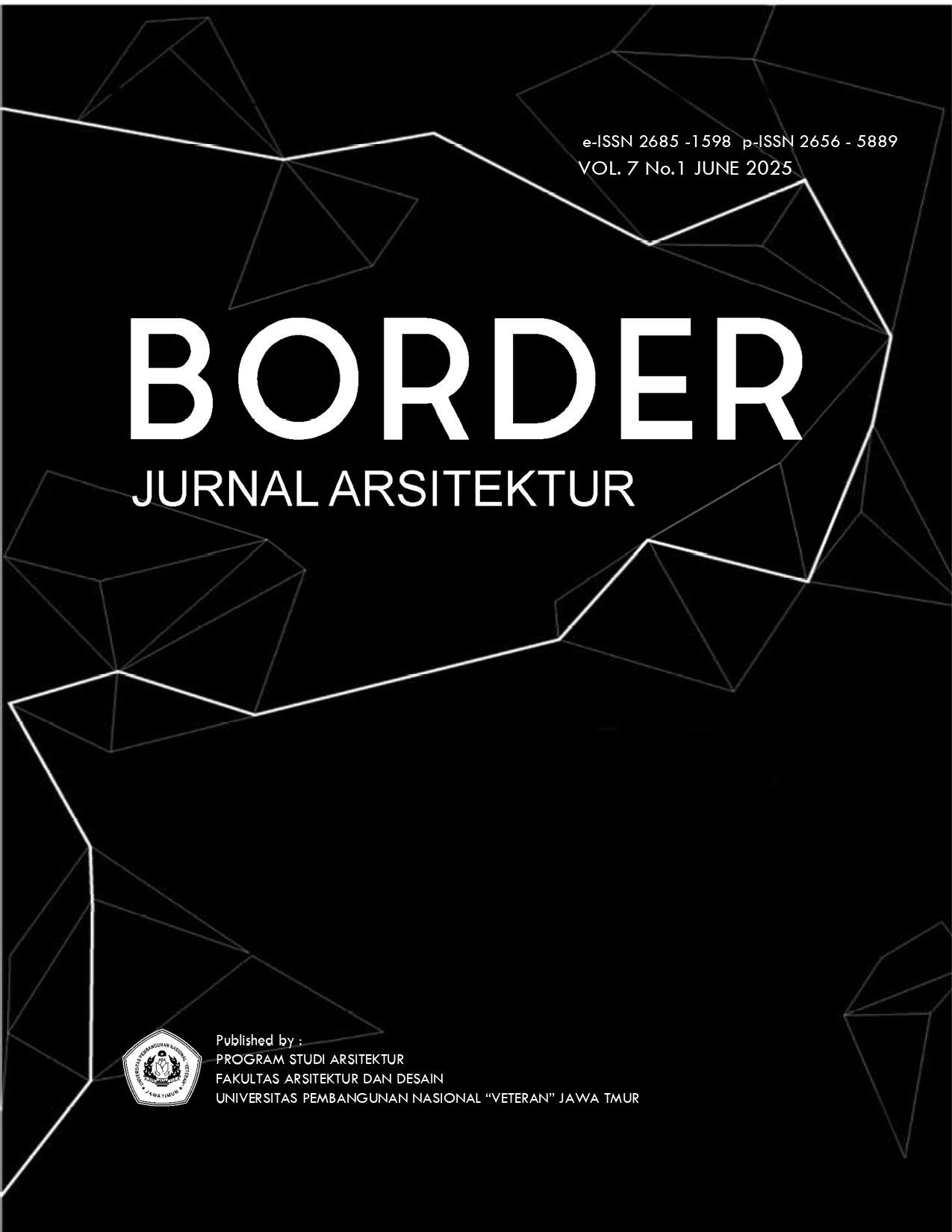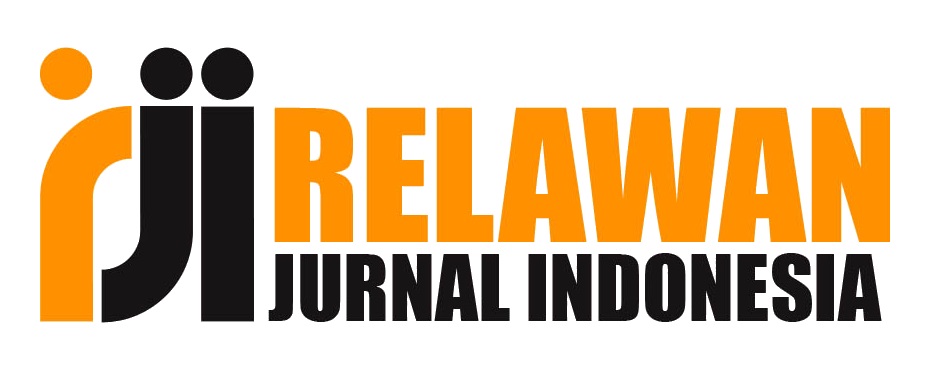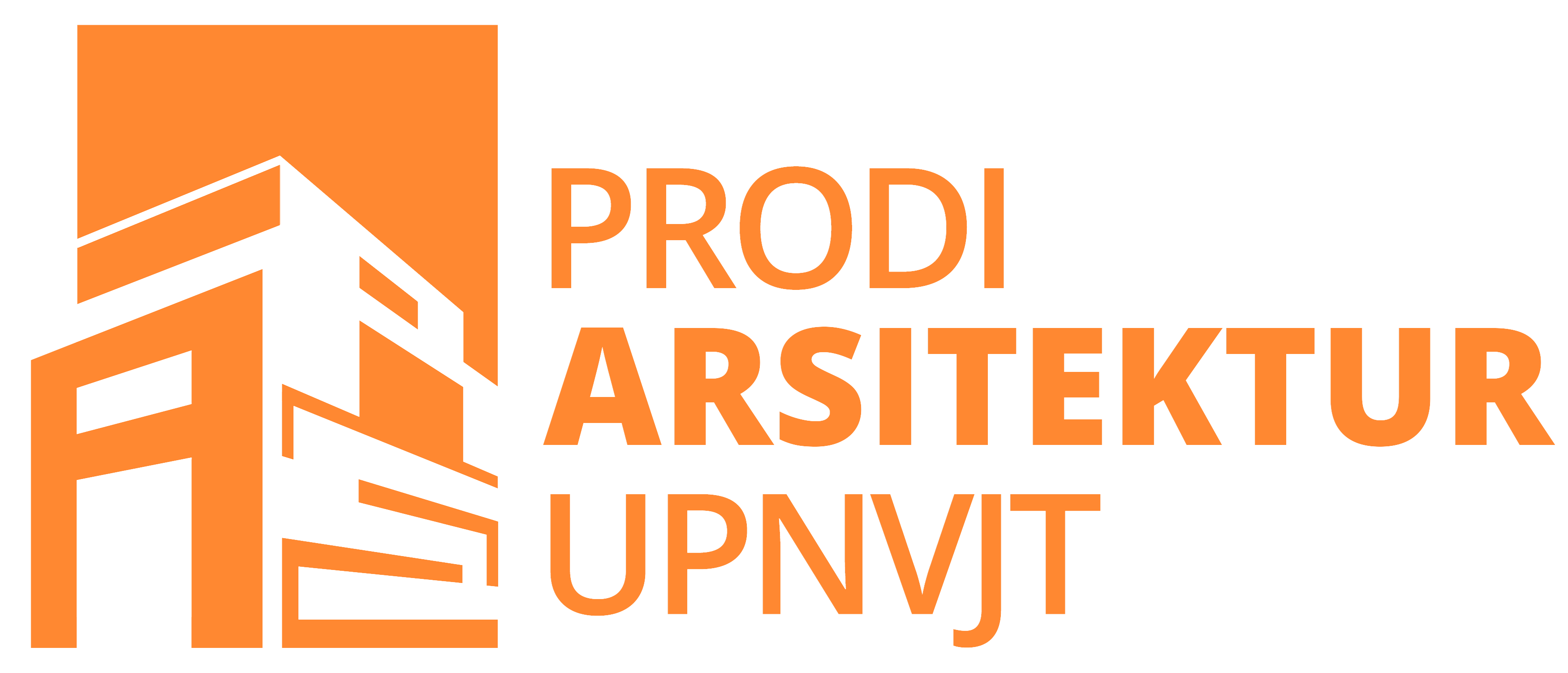INCLUSION COFFEE SHOP AS THIRD PLACE: USER DESIGN AND EXPERIENCE PERSPECTIVE
DOI:
https://doi.org/10.33005/border.v7i1.782Keywords:
third place, coffee shop, disability, deaf, designAbstract
Every human being shares the same fundamental needs, ranging from physiological to physical needs. After engaging in daily activities, individuals seek to relax and relieve stress through enjoyable experiences in comfortable environments. Commonly, these relaxing spaces are referred to as third places. One form of third place, as introduced by Oldenburg, is the coffee shop. As a third place, it is more than just a physical space—it holds deeper meaning. Today, coffee shops are frequently identified as third places; however, the criteria for a third place extend beyond mere spatial aspects. This study aims to explore whether coffee shops frequented by users can be considered third places from their perspective, and to identify the factors that influence this perception. The research adopts a qualitative approach by conducting interviews with participants. Data were analyzed using a descriptive narrative technique, presenting findings from observations and interviews. The results indicate that most users of a disability-friendly coffee shop consider it their third place for several reasons: the shop is inclusive and accessible to everyone; it features a unique and aesthetic design; it is strategically located, easily accessible, and near transportation hubs; it offers a calm, home-like atmosphere; it serves as a space for conversation; it provides comprehensive facilities; and it includes disability-friendly signage. This study is expected to serve as a foundation for the design and development of third places that accommodate the needs of deaf and hard-of-hearing individuals.
Downloads
References
Abdurrahman, Z. (2022). Teori Maqasid Al-Syatibi dan Kaitannya Dengan Kebuthan Dasar Manusia Menurut Abraham Maslow. Al-Fikr, 22.
Andriyansa, R., Sulistyo, B. W., & Atika, F. A. (2021). Penerapan Tema Arsitektur Perilaku pada Desain Fasilitas Pendidikan Anak Berkebutuhan Khusus di Surabaya. Tekstur Jurnal Arsitektur, 02(01), 31–36. https://doi.org/10.31284/j.tekstur.2021.v2i1.1476
Anggiani, M., & Ayudya, R. D. (2024). Karakteristik Spasial Ruang Interaksi Sosial Penghuni Di Lingkungan Hunian Kampung Kota Tematik Tangerang. Langkau Betang, 11(1), 16–27. https://doi.org/http://dx.doi.org/10.26418/lantang.v11i1.69948
Darwin, C., & Trisno, R. (2020). Pawon Jelambar Sebagai Tempat Kuliner Dan Third Place Di Jelambar Dengan Pendekatan Perancangan Green Contemporary Design. Jurnal Sains, Teknologi, Urban, Perancangan, Arsitektur (Stupa), 2(2), 1245. https://doi.org/10.24912/stupa.v2i2.8529
Fauzi, H. (2021). Tempat Ketiga Bagi Mahasiswa. Deepublish.
Harahap, R. M., & Lelo, L. (2020). Pengalaman Mahasiswa Tuli di Ruang Komunal Universitas Mercu Buana. Inklusi: Journal of Disability Studies, 7(2). https://doi.org/10.14421/ijds.070201
Harahap, R. M., Permatasari, C., Hayati, A., & Bararatin, K. (2022). Kajian Ruang Kepegawaian Di Gedung Komisi Nasional Disabilitas Dalam Konsep Desain Inklusif. Jurnal Inklusi, 09(02).
Jaya, M. A. (2018). Transformasi Tempat Ketiga (third place) dari Ruang Dalam (indoor) Menuju Ruang Luar (outdoor): Studi Kasus Kota Palembang (Vol. 2, Issue 1). https://doi.org/10.32502/arsir.v2i1.1240
Maslow, A. (1943). A Theory of Human Motivation. Martino Publishing.
Mcleod, S. (2024, January 24). Maslow’s Hierarchy of Needs. Simply Psychology. https://www.simplypsychology.org/maslow.html
Meerlo, P., Havekes, R., & Steiger, A. (2015). Chronically Restricted or Disrupted Sleep as a Causal Factor in the Development of Depression. Current Topics in Behavioral Neurosciences, 25. https://doi.org/10.1007/7854_2015_367
Muslim, A. (2013). Interaksi Sosial dalam Masyarakat Multietnis. Jurnal Diskursus Islam, 1(3), 483–494. https://doi.org/https://doi.org/10.24252/jdi.v1i3.6642
Northoff, G. (2016). Spatiotemporal Psychopathology I: No Rest for the Brain’s Resting State Activity in Depression? Spatiotemporal Psychopathology of Depressive Symptoms. In Journal of Affective Disorders (Vol. 190). https://doi.org/10.1016/j.jad.2015.05.007
Oldenburg, R., & Sher, R. (1989). Ray Oldenburg - The Great Good Place. Da Capo Press.
Permadi, R., Anggriani, N., & Djuni, E. (2019). Aplikasi Konsep Deaf Space pada Perancangan Sekolah Luar Biasa Tunarungu (SLB-B). Border Jurnal Arsitektur, 1(1), 17–29. https://doi.org/https://doi.org/10.33005/border.v1i1.12
Purnell, D. (2015). Expanding Oldenburg: Homes as Third Places. Journal of Place Management and Development, 8(1). https://doi.org/10.1108/JPMD-03-2014-0006
Ravelino, P., Arianti, M. U., & Indah, I. (2024). Identifikasi Desain Ruang Belajar Universal Program Studi Bisnis Digital Terhadap Kebutuhan Belajar Khusus Penyandang Tunarungu. Inside Jurnal Desain Interior, 02(01), 273–290.
Said, I. (2017). Warung Kopi Dan Gaya Hidup Modern. Jurnal Al-Khitabah, 03(01), 33–47.
Sudariyanto. (2010). Interaksi Sosial (Sulistiono, Ed.). Alprin.
Tamariska, S. R., & Ekomadyo, A. S. (2017). ‘Place-Making’ Ruang Interaksi Sosial Kampung Kota’. Jurnal Koridor, 8(2), 172–183. https://doi.org/10.32734/koridor.v8i2.1345
Wardhani, M. K., Yoshida, T., & Malik, A. (2020). Third Place Design Strategy for Commuter in Sub-urban (Case Study: Outdoor Public Space in Tangerang City, Indonesia). Journal of Architectural Design and Urbanism, 3(1), 29–39. https://doi.org/10.14710/jadu.v3i1.8886
Downloads
Published
How to Cite
Issue
Section
License
Copyright (c) 2025 Border: Jurnal Arsitektur

This work is licensed under a Creative Commons Attribution 4.0 International License.

















